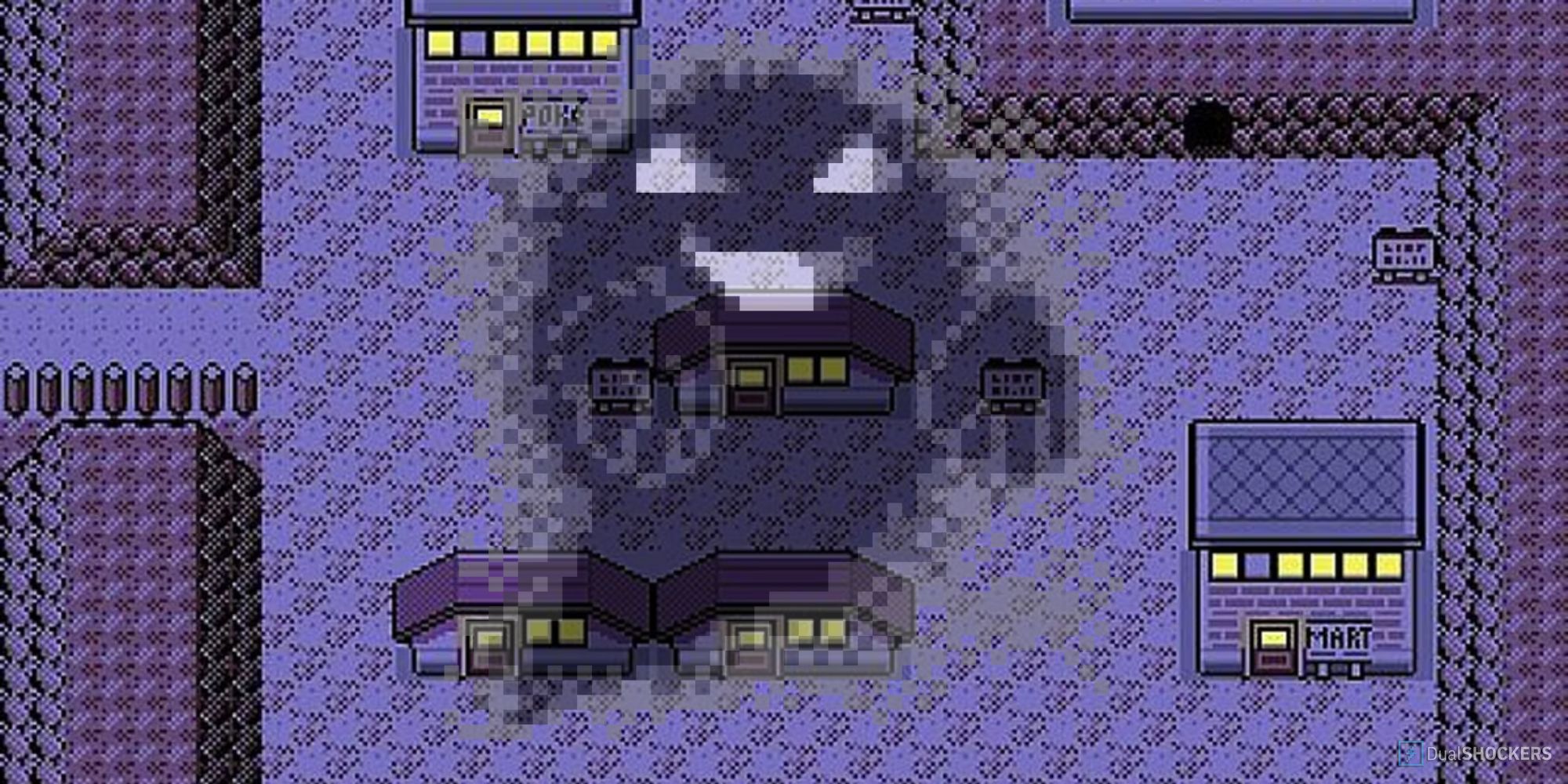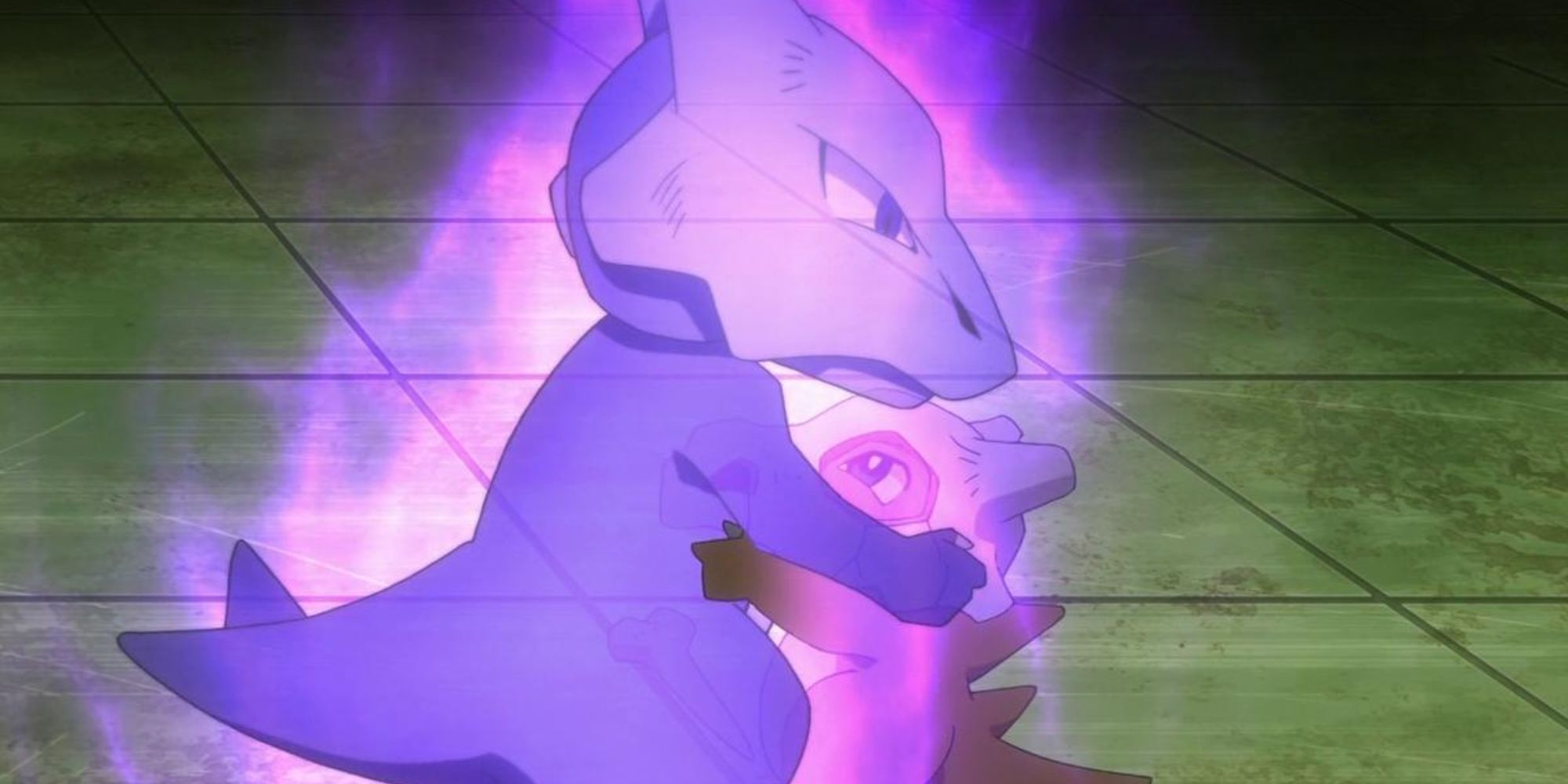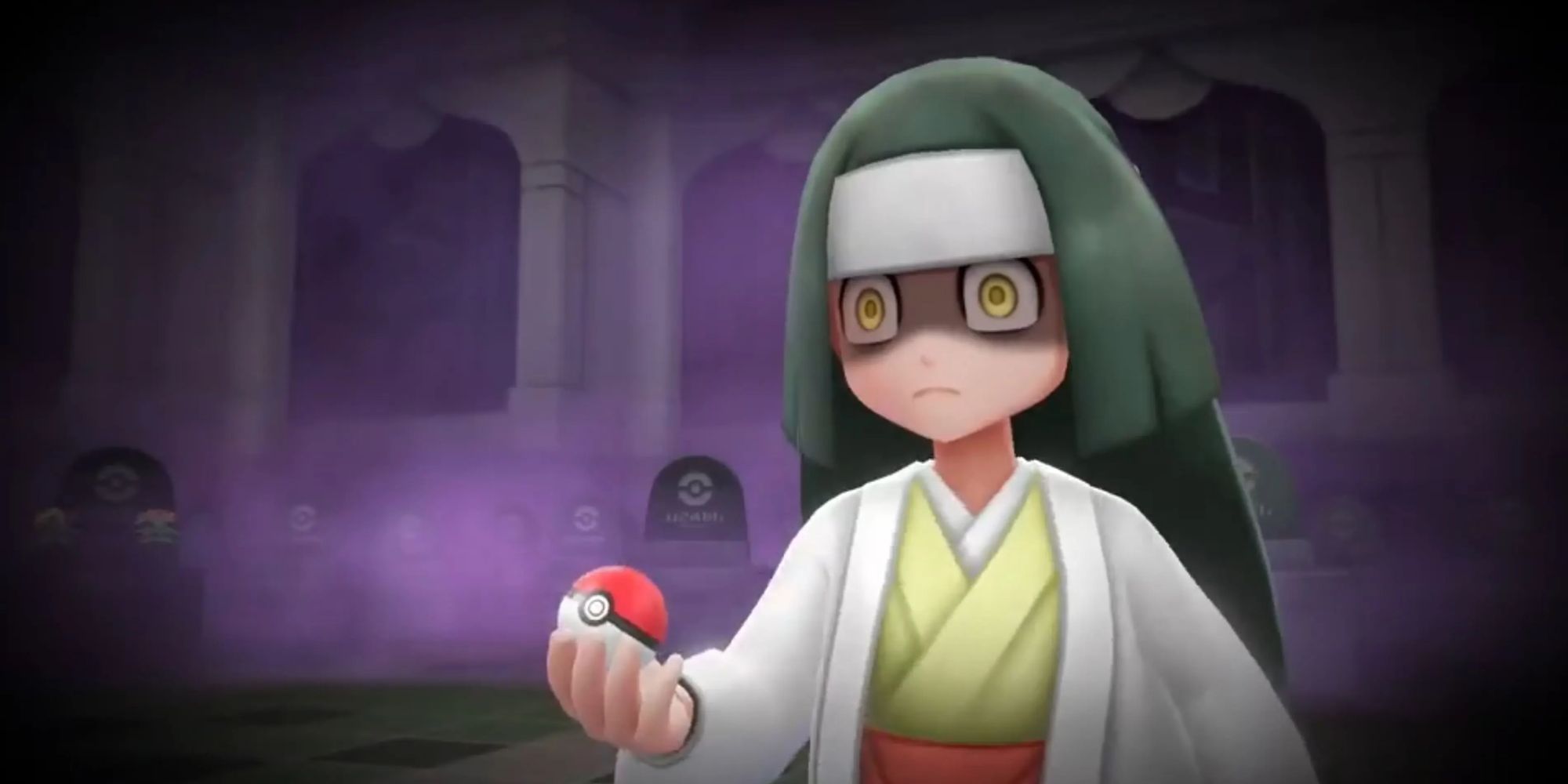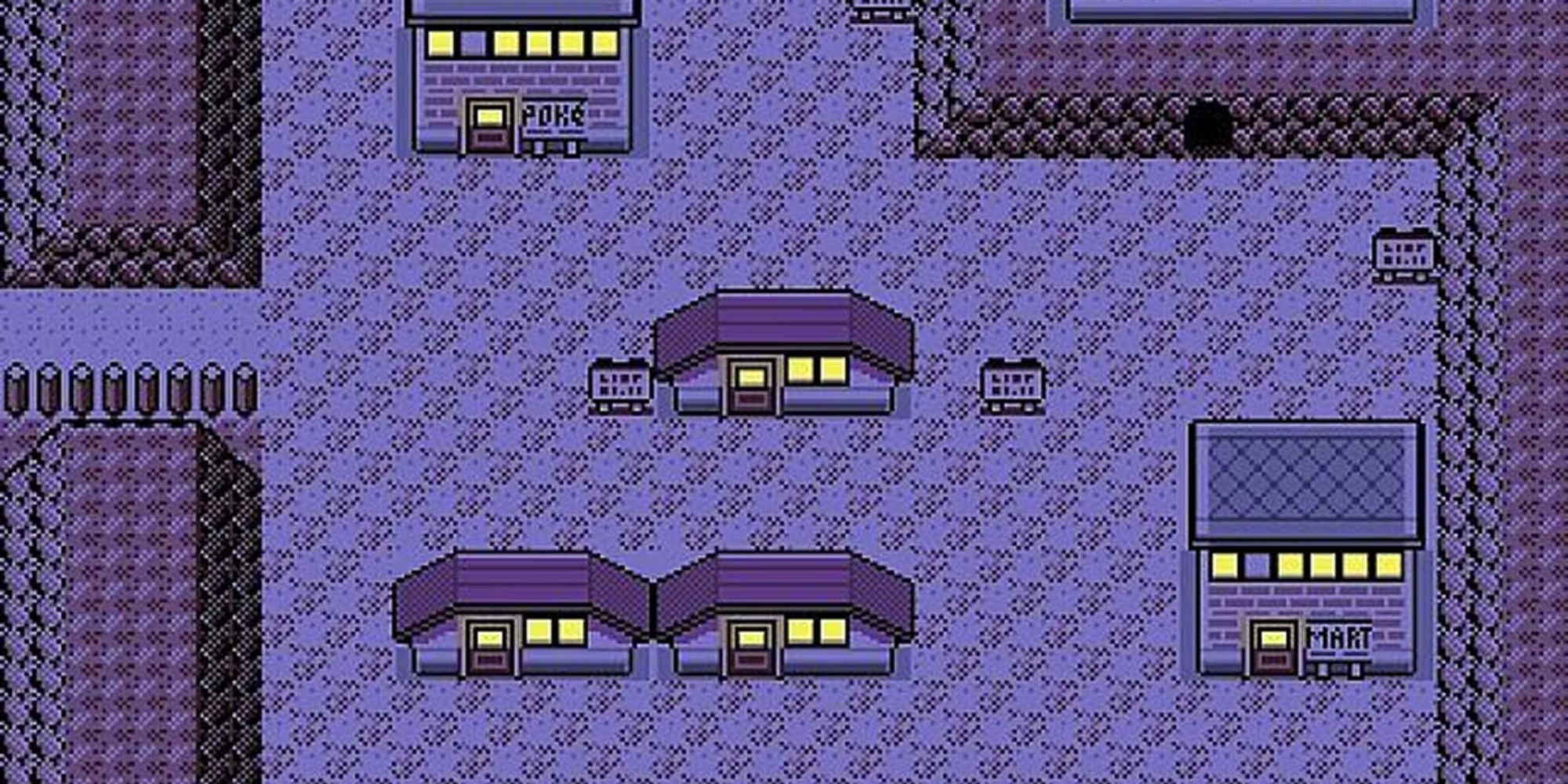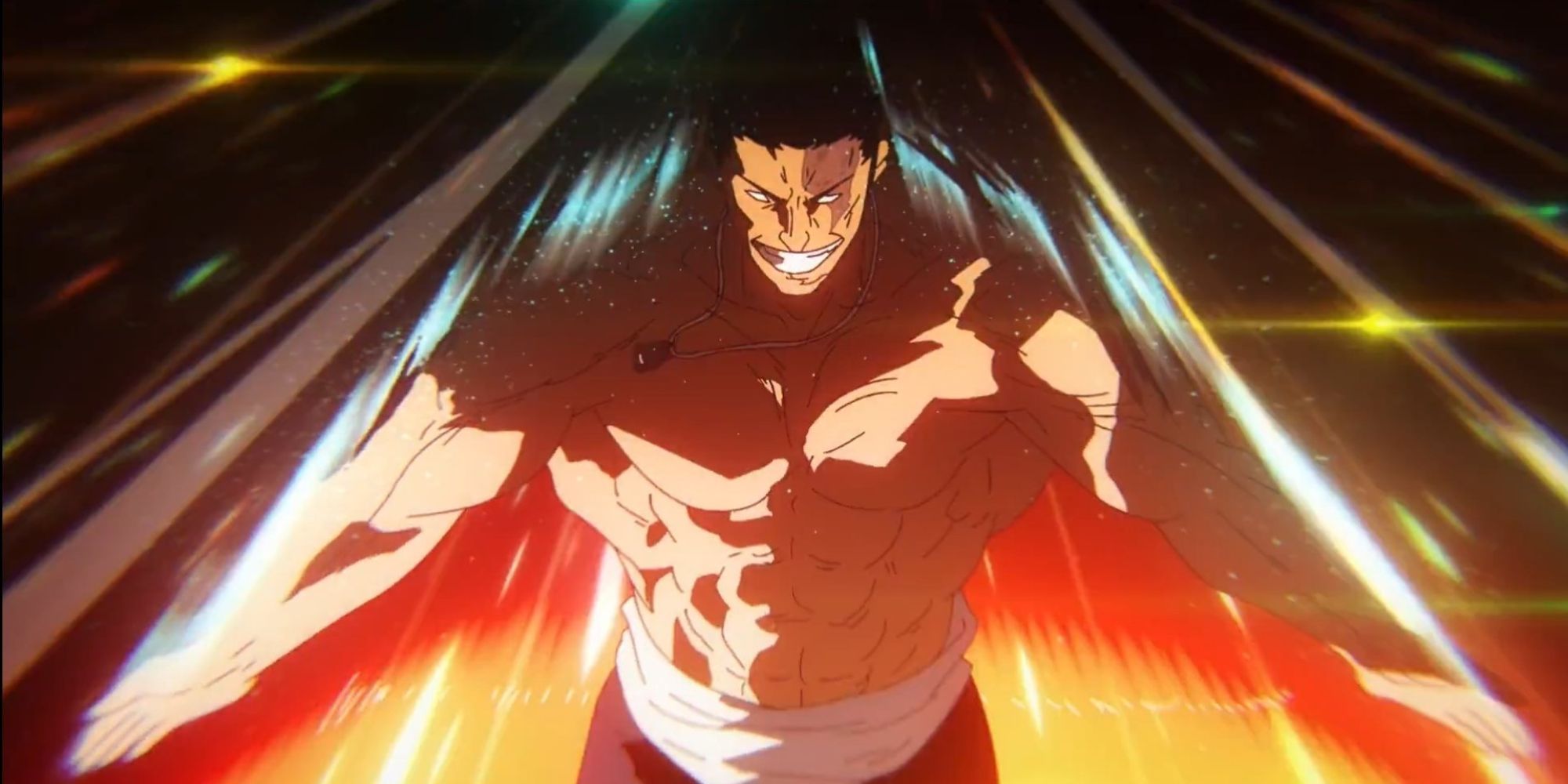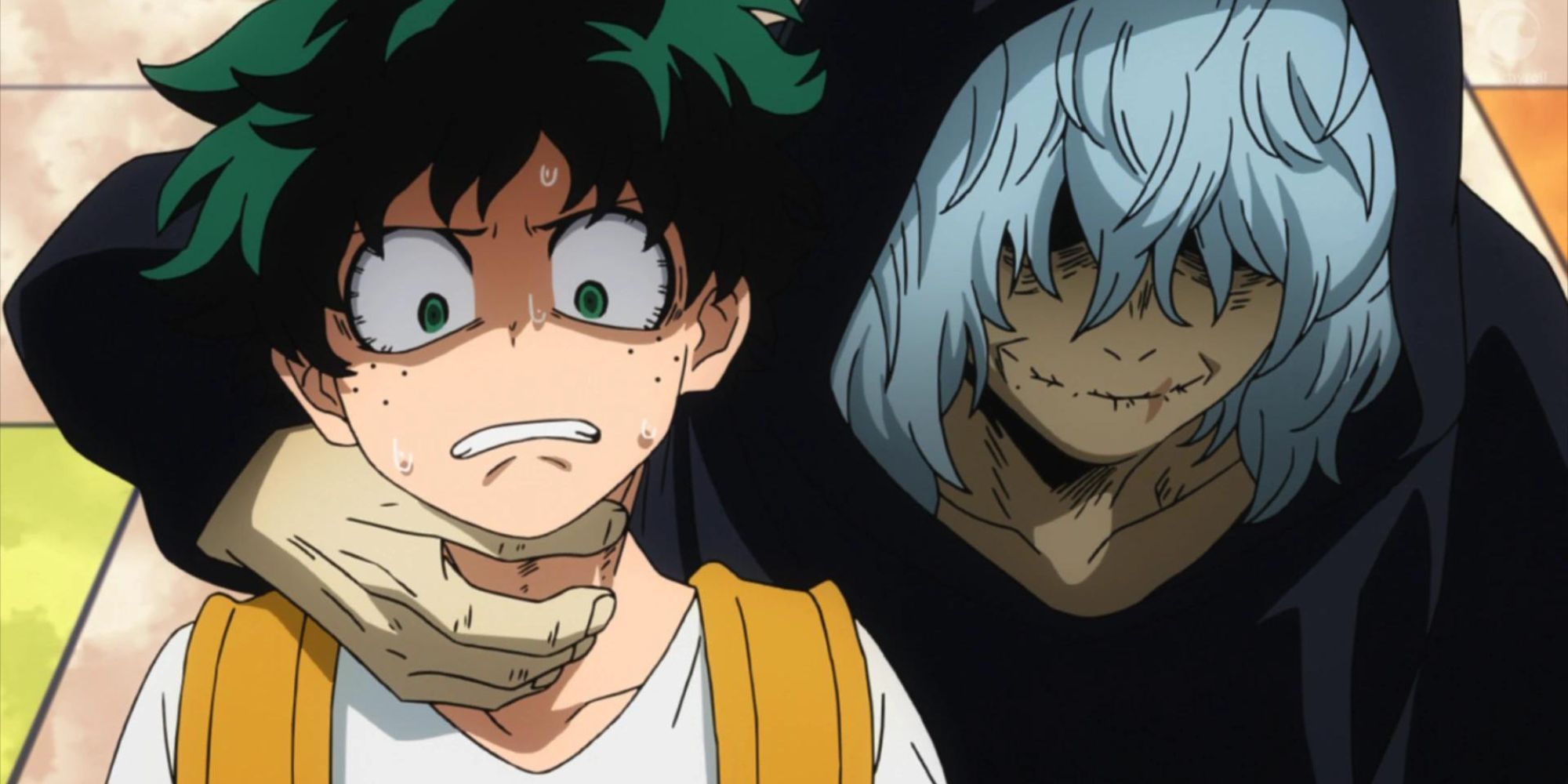Highlights
- Lavender Town in Pokemon Red and Blue added a chilling edge to gameplay with ghost Pokemon and a haunting backstory.
- Marowak’s murder by Team Rocket introduced themes of death in the game, impacting younger players with emotional depth.
- Lavender Town’s eerie chiptune theme, iconic purple hue, and haunting narrative make it a standout location in Pokemon history.
Warning: This post contains reference to suicide.
Pokemon Red and Blue offered aspiring trainers an 8-bit Kanto region filled with charismatic towns catering to the elements. A majority of these nostalgic locations decorating Game Freak and Nintendo’s 1996 Game Boy Color release were light-hearted, except for the eerie Mt. Moon. Therefore, in the name of balance and to add a chilling edge to gameplay, Lavender Town provided the JRPG with a horror element designed to haunt millennials for years to come – including myself.
Situated in northeast Kanto just south of Rock Tunnel, Lavender Town (Shion Town in Japan) was home to Ghost-type Pokemon, including Gastly, Haunter, and Gengar. Appearing in franchise entries Green, Red and Blue, Yellow, Gold, Silver, and Crystal as well as season 1 episode 22 of the animated series titled “The Tower of Terror”, this spooky town packed emotional weight on top of a basic premise: acquiring spectral monsters by way of the Silph Scope.
As the town’s nature suggests, this “Home of Spirits” was a burial ground for deceased Pokemon, and these apparitions frequently spooked the residents. However, there was one Pokemon at the center of a heartbreaking story that held the town in a prison of gloom.
If You Want Pokemon But Darker And Dirty-Mouthed, Try Digimon Story: Cyber Sleuth
If you’re feeling too old to catch ’em all, consider some digital detective work.
The Eldritch Makings Of A Masterpiece
At the epicenter of this cursed district lay an injustice orchestrated by none other than Team Rocket. The crime syndicate trio, made up of Jessie, James, and Meowth, turned out to be the murderers behind a slew of perished Pokemon, including a Marowak that roamed the top floor of Pokemon Tower and held the town in darkness. Players learned that Marowak died protecting her Cubone from the villains, who were seeking to gain the Ground-type’s signature skull to sell. The mother Marowak’s ghost continued to haunt Pokemon Tower – which later received a name change to Kanto Radio Tower in Gold and Silver – until the trainer confronted her spirit with the orphaned Cubone allowing her to pass into the afterlife.
The Marowak’s murder not only added a sinister layer to the baddies’ persona, but this narrative was also the first time sullen themes surrounding the concept of Pokemon dying were introduced. For a kids’ game, death in this context was a hard pill to swallow, which is why Lavender Town was so impactful and lived on in the psyche of younger players. Similar to the near-traumatizing deaths of Bambi’s mother and Simba’s father in Disney’s Bambi and The Lion King, Cubone’s agonizing loneliness without its mother and grief from letting her go was a real tear-jerker and still is for the now adult Pokemon players.
For a kids’ game, death in this context was a hard pill to swallow, which is why Lavender Town was so impactful and lived on in the psyche of younger players.
If the Marowak/Cubone heartbreak and burial ground ambience weren’t enough emotional damage to grapple with, Lavender Town also carried a chiptune theme that became iconic for a few reasons. Firstly, composer Junichi Masuda managed to perfectly balance feelings of terror and sadness in one unforgettable loop. Bloody Disgusting rated this theme as the second-most scary video game track of all time, noting the melody as “deceptively calm”, almost like a children’s lullaby, but its minor chords added an unsettling vibe. A concoction of the atonal nature and jarring chords even inspired the Lavender Town Syndrome urban legend/creepypasta, a story which claimed hundreds of Japanese children had taken their own lives after listening to the discorded tones.
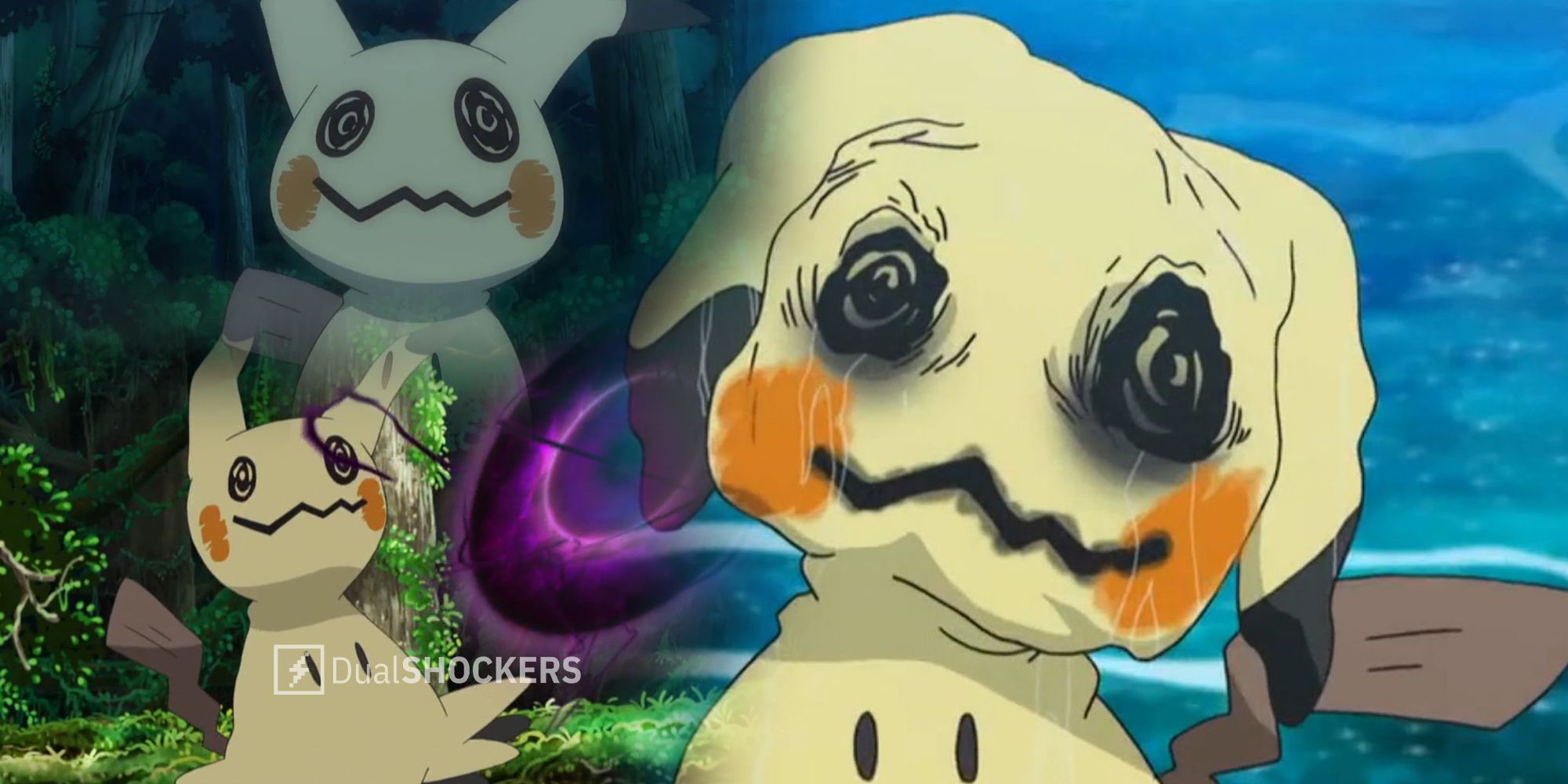
A Deep Dive Into Pokemon’s Most Terrifying Creature
Oh, sure, it may look cute on the outside …
Remembering The Seven-Floor Graveyard
In my opinion, no other plot nor setting came close to the effect Lavender Town had on me – although I may be a little biased as a horror fan. Not only did Satoshi Tajiri and his team nail the darker side of Pokemon Red and Blue through this one location, but each sinister component collectively enhanced the unshakable feeling of dread to be remembered forever in video game history, right down to the purple hue of the town’s map. Who knew that a small pocket in Kanto, comprised of a few houses, a couple of marts, and a seven-floor graveyard would deliver a raw dose of hard-hitting realism within a franchise primarily full of lighter themes.
Not only did Satoshi Tajiri and his team nail the darker side of Pokemon Red and Blue through this one location, but each sinister component collectively enhanced the unshakable feeling of dread to be remembered forever in video games history…
The Pokemon franchise has now expanded into an empire, producing more games than ever before, alongside a booming trading card business and an ongoing animated series. Even though the anime plucked our childhood heartstrings through Misty’s uncalled-for rejection of Caterpie and Ash’s death in the Mewtwo Strikes Back movie, Lavender Town had an emotional and aesthetic potency that hasn’t been replicated in the IP since, rendering this haunted tale Pokemon’s finest work.
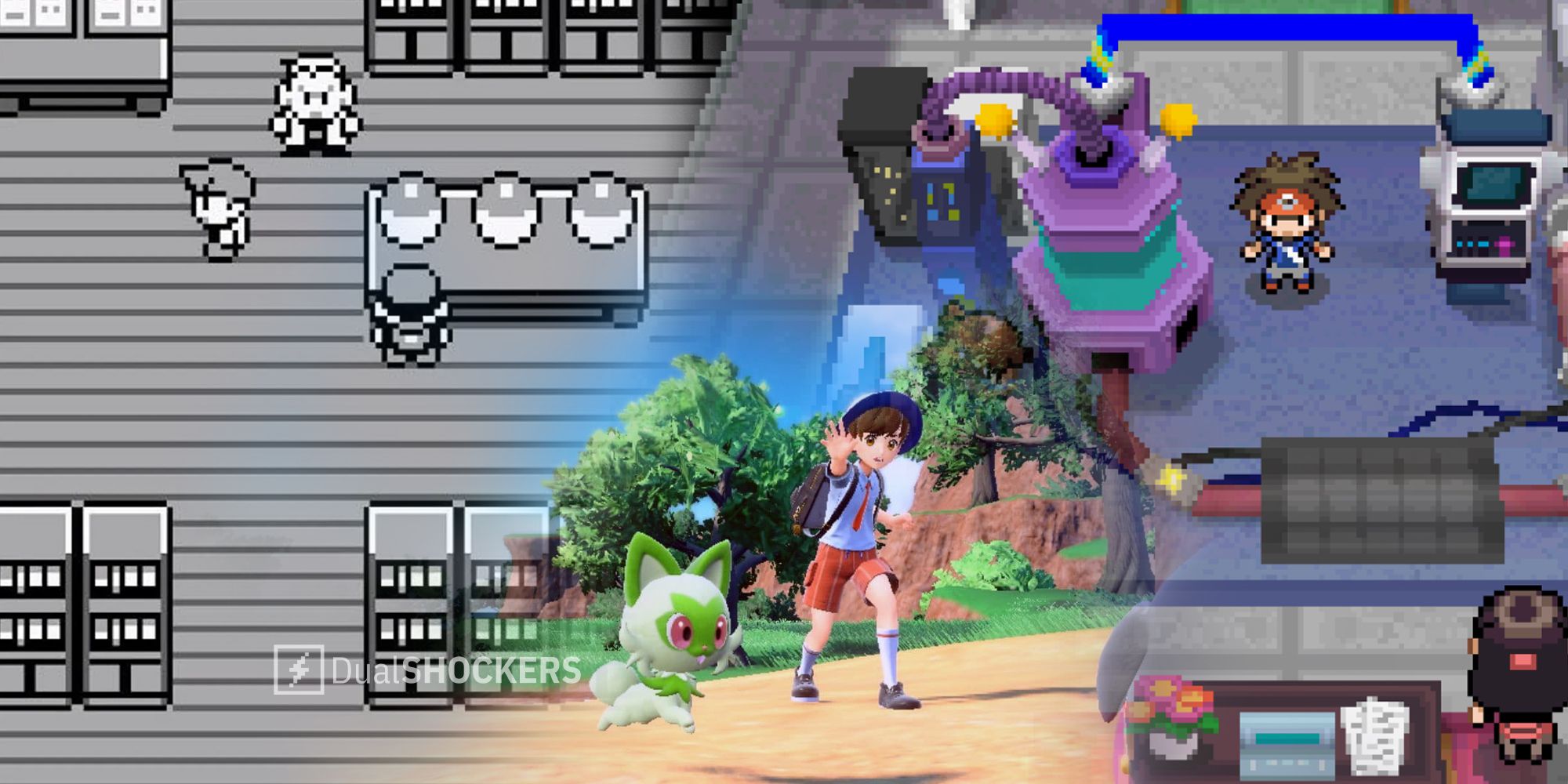
The Best Pokemon Game Is The One You Grew Up With
Pokemon is about how you feel when you play.

